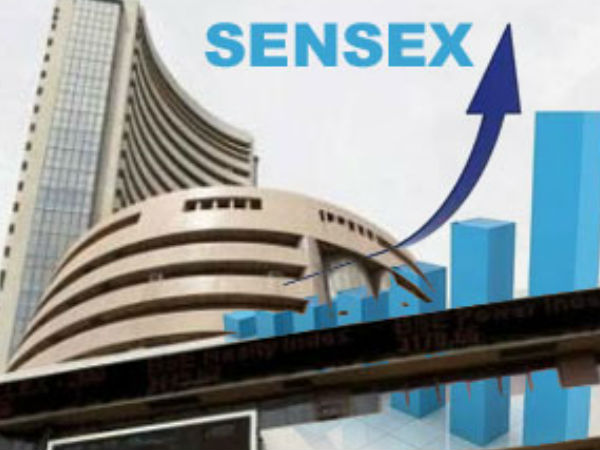BSE of India uses the Sensex index as its benchmark. The BSE of India began with a basket consisting of 30 stocks representing the biggest, most financially stable companies in the country that were listed only on BSE. Deepak Mohini is an equity market analyst who coined the term “Sensex” by combining the words “Index” and “Delicate”. The Sensex reflects the swings in the Indian stock market. This is considered to be the Indian stock market’s benchmark index. According to BSE (formerly known as Bombay Inventory Alternate), it is the oldest index in India and provides time-series information dating back to 1979.
The bellwether indicator measures market mood and gives fund managers a benchmark to measure the success of their funds. The Sensex index represents Indian share prices for buyers. Simply put, a rise in the Sensex number signifies that shares have generally increased. A falling Sensex number, on the other hand, indicates that share prices are usually down.
Sensex is a good indicator of the mood of the Indian stock market because it includes corporations from all the main financial sectors.
How was the Sensex determined?
How did these 30 companies get selected?
What is the Sensex in relation to the Nifty Index?
How was the Sensex determined?
Initially, the Sensex (also known as BSE 30) was calculated using the “Full Market Capitalization”, but starting on September 1, 2003 it began to use a “Market Economic System Capitalization” method. This method is used by all major benchmark providers.
The free float is the percentage of shares that are traded on the market by the public. This does not include promoters’, government or additional shares that aren’t typically traded on the marketplace.
Market capitalization multiplied with the Free-Floating Issue gives Free-Float Market capitalization.
As an example, let’s say Agency A has 100 shares. 70 of these 100 shares are available to the majority of people, while 30 are owned by the government. The free-float ratio is likely to be 70% since 70 shares are “free floaters.”
Market capitalization is the value of the company. You can find it by multiplying the number of shares by their total worth.
How did these 30 companies get selected?
BSE used the following list of standards to determine these companies:
The stock has a BSE itemizing. For consideration, it should have at least a year of BSE purchasing and selling history.
Market Capitalization: Group must be in the top 100 when it comes to total market capitalization.
Based on BSE, the Safety must have exchanged at each and every single day of buying and selling in the previous 12 months. In the event of exceptional circumstances, an exception could be made.
Common Day-to-Day Transactions & Day to Day Common Turnover: Safety must be ranked amongst the top 150 companies based on the average number of transactions per day and the daily common value of the inventory traded over the last 12 months.
Status: According to the BSE website, the company should have a good reputation in response to the Index Board.
The Index Committee evaluates each BSE index such as the SENSEX every quarter. Every evaluation assembly may or may not result in a change within the constituency.
What is the Sensex in relation to the Nifty Index?
The benchmark index for the Nationwide Shares Alternate is called Nifty. Nifty is made up of “Nationwide Fifty”. The main difference between Nifty and Sensex is the number of components. Nifty 50 is the top 50 companies listed on the NSE, while Sensex is the 30 highest-ranking BSE companies. Nifty is a collection of 50 companies, whereas Sensex focuses on a much smaller market.





